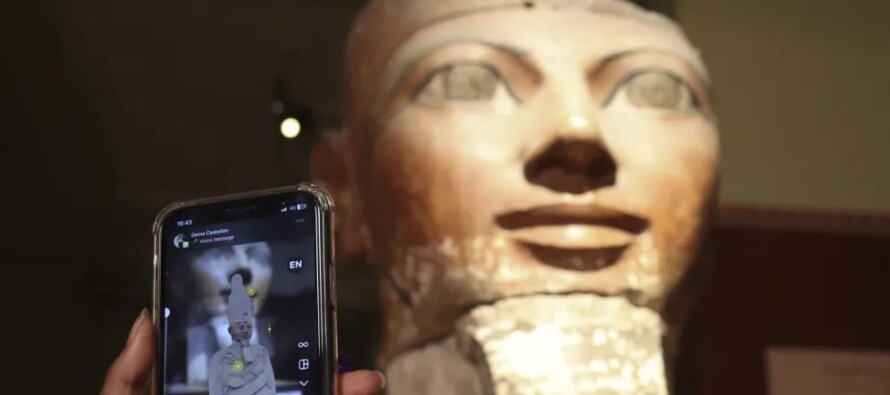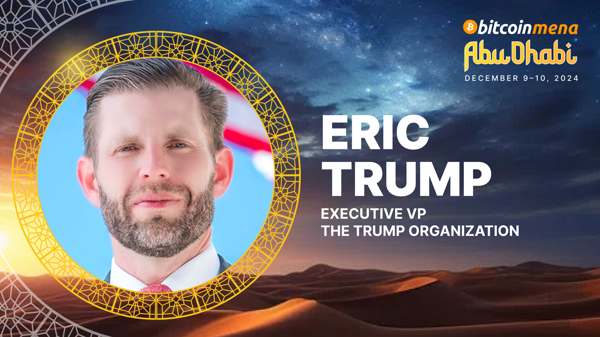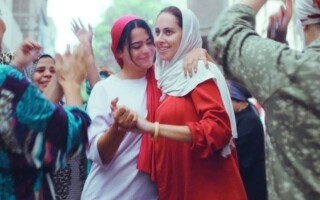
The Tahrir Museum, which houses treasures like those of Tutankhamun, has remained for decades without the necessary renovations, while the Grand Egyptian Museum, located next to the Pyramids of Giza, has received millions in investments to surpass it in tourist appeal.
The implementation of artificial intelligence in the tourist experience of Egyptian museums, such as the Grand Egyptian Museum, has sparked a debate about the importance of offering visitors a deeper insight into the country and its culture, beyond a simple quick visit.
Egypt's Minister of Tourism and Antiquities, Sherif Fathy, has highlighted the importance of combining artificial intelligence with the human element in the tourism offering, promoting an enriching cultural exchange. Fathy has also emphasized the diverse tourism that Egypt offers, underlining the importance of maintaining the uniqueness of its monuments and culture.
Regarding Egypt's tourism goals, which aim to reach 30 million visitors by 2028, the minister indicated that these projections are subject to various economic and geopolitical challenges, and may vary in the future.
The record of tourists achieved by Egypt last year, with nearly 14.906 million visitors, shows the appeal of the African country as a tourist destination, with Spain being one of the main source countries for tourists, especially in the cultural segment.
The "Instagram Renaissance Project," developed in collaboration with Meta, will allow visitors to the Egyptian Museum in Cairo to enjoy an interactive experience through augmented reality, showing them digital recreations of historical pieces in their original state. With the incorporation of QR codes in the showcases, visitors will be able to digitally explore works such as the statue of Tutankhamun or the bust of Hatshepsut, enriching their museum visit.
Sherif Fathy emphasized the importance of the uniqueness of each museum and technological innovation as a tool to revitalize and enrich the experience of visitors in these unique cultural spaces.













